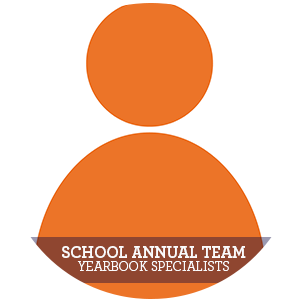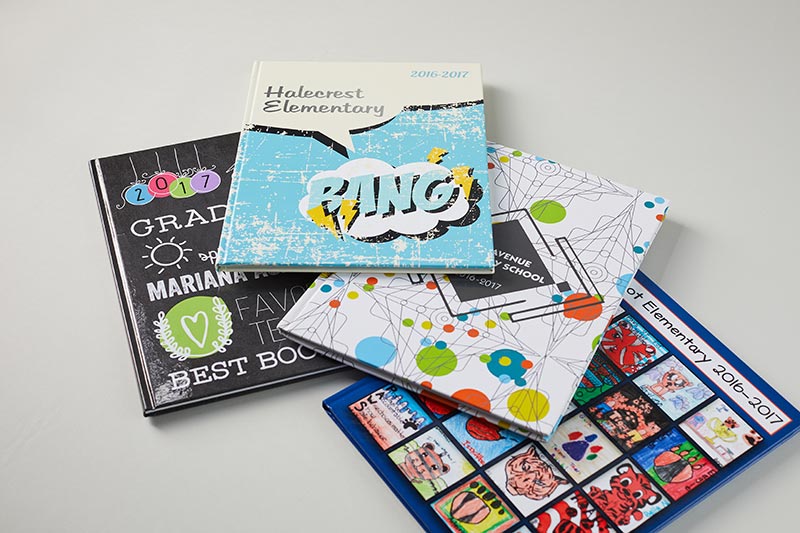What’s In A Name?
A caption can essentially be described a piece of informative text accompanying a photo. Captions should tell a story, answer questions, and/or describe the action or reaction in a photo. Captions can be simple and used only for identifying people, or they can be used as mini stories to save space and create maximum impact. If you are using captions as mini stories, try to answer the five W’s and H in each one; Who, What, When, Where, Why, and How.
Just My Type
There are four main types of captions: standard, group, identification, and quote only.
The standard (or expanded) caption are the mini stories we discussed earlier. These captions typically have three sentences, although you can get by with two sentences if space is limited. A standard caption goes like this:
- Lead in: two or three words, this is the mini headline for the caption.
- Sentence 1: Identifies people in the picture using first and last names and grades. Gives most essential information of the five W’s and H. This sentence is in present tense.
- Sentence 2: Provides background information that cannot be seen in the photo (was this photo taken at a school event? Are the kids in a school group together?). This sentence is in past tense.
- Sentence 3 (optional): a direct quote from a person in the photo, attributed with “said.” This can be more than one sentence, kids often give hilarious answers to questions!
The group caption may be used next to a small group of photos. A group caption saves space while summing up the action going on in all of the photos in the group. Group captions should be limited to groups of five photos or less for readability. Group captions can follow the same guidelines as standard captions, but sentence 1 and 2 can be combined. If you’d like to use a direct quote, you can use just one or a few depending on the group of photos.
Identification (or “ident”) captions are simply a name and grade level. These are ideally only used for portrait photos or cutouts. You can also create an extended identification by using a name and a small amount of detail in one sentence. For example: Jenny Long (4) runs on the playground.
Quote only captions are just what the sound like; a quote accompanying a photo. These captions are intended to tell a story from the perspective of the student or person pictured. Students should be attributed with their full name and grade.
Use emotion and storytelling
- Example: Justin Malecha (5) waves to his parents in the audience as he walks across the stage to receive his diploma. The air was buzzing with excitement as the whole school celebrated their graduating students who would soon be moving up to Middle School. “I’m really excited! I think middle school will be fun, but I’ll also miss my teachers. I want to see what they have for lunch at Fairville,” Malecha said.
Captioning posed photos
Sports ball
Active verbs
Avoid passive language
Obviously, don't be obvious
Locating photos
Spellcheck your heart out
Need some practice? Find some images of people on Google or on your phone and practice writing captions. What are the subjects doing? What are they saying? What’s the story?


